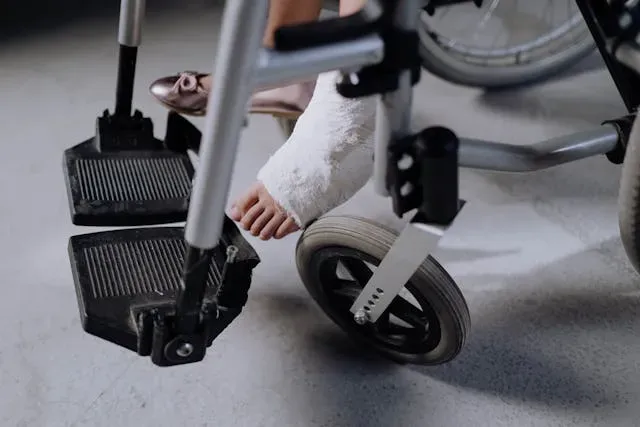
Orthopedic Occupational Therapy
Unlock healing potential with Orthopedic Occupational Therapy. Regain mobility, strength, and independence with specialized care.
Get carepatron free
Commonly asked questions
Anyone recovering from orthopedic surgeries, such as joint replacements, fractures, or musculoskeletal injuries, can benefit. This therapy also aids those with chronic conditions impacting their mobility and function.
Therapy sessions may include exercises to improve strength and flexibility, manual therapy techniques, adaptive equipment training, injury prevention, and ergonomics education. Therapists tailor treatment plans to each patient's individual needs and goals.
The duration of therapy varies based on the severity of the condition or injury, individual progress, and treatment goals. Some patients may require a few weeks of therapy, while others may need ongoing sessions with a physical therapist for several months.






